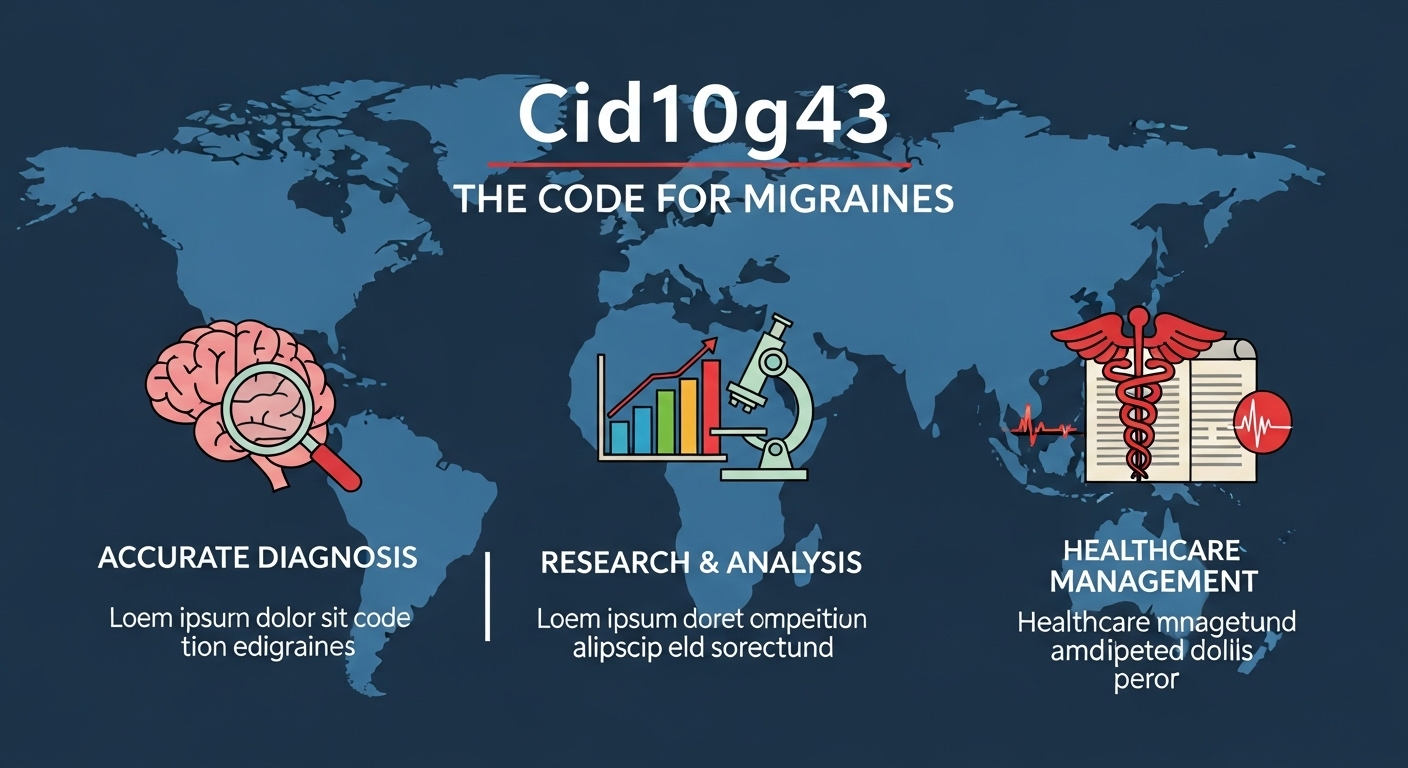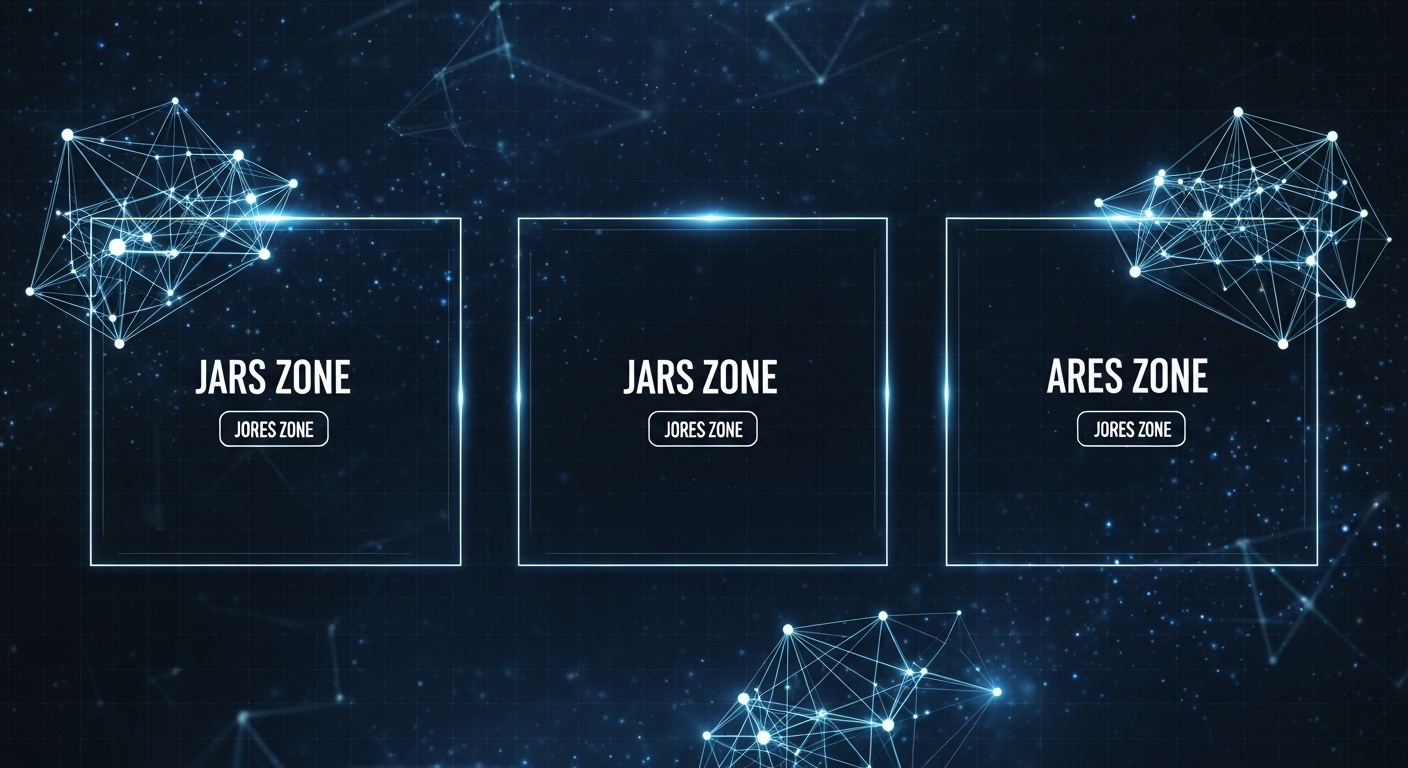The term Cid10g43 is a significant part of modern medical coding systems, especially within the International Classification of Diseases (ICD-10). In the world of healthcare, accurate disease coding is essential for diagnosis, treatment, and insurance documentation. Cid10g43 refers to a specific condition under the ICD-10 classification, making it crucial for medical professionals, researchers, and healthcare administrators to understand its scope and relevance.
What Is Cid10g43?
Cid10g43 is the code used to identify migraine disorders in the ICD-10 system. Migraines are more than just headaches—they are complex neurological conditions that can cause severe pain, nausea, light sensitivity, and visual disturbances.
By using the Cid10g43 classification, doctors and healthcare providers can record, monitor, and treat patients suffering from migraines with greater accuracy and consistency. This coding standard ensures that medical data remains uniform across hospitals and countries, allowing for more reliable research and effective patient management.
The Medical Importance of Cid10g43
The primary role of Cid10g43 lies in its ability to standardize how migraine cases are documented. When healthcare systems around the world use a consistent code like Cid10g43, it helps in collecting valuable statistics related to migraine prevalence, severity, and treatment effectiveness. This data supports global health studies and policy planning.
Furthermore, insurance companies depend on precise ICD-10 codes like Cid10g43 to process claims correctly and prevent billing errors. For clinicians, this classification provides a structured approach to diagnosing different types of migraines, including those with aura, without aura, or with complications.
Clinical Subcategories Under Cid10g43
The Cid10g43 classification is further divided into detailed subcategories that describe specific migraine types. For example, Cid10g43.0 refers to migraines without aura, while Cid10g43.1 identifies migraines with aura.
These distinctions are vital because they guide doctors in choosing suitable treatments for each patient. For instance, patients coded under Cid10g43.0 may respond better to certain medications compared to those categorized as Cid10g43.1. This level of detail in Cid10g43 helps avoid misdiagnosis and ensures that therapy is both accurate and personalized.
Role of Cid10g43 in Patient Care
Accurate use of Cid10g43 impacts patient care directly. By correctly identifying the type of migraine, doctors can tailor treatment plans, recommend preventive strategies, and monitor progress effectively. Electronic health record systems use Cid10g43 codes to store and retrieve patient data quickly, improving the coordination between neurologists, primary care physicians, and specialists.
This reduces the chances of redundant testing and enhances the overall patient experience. Moreover, Cid10g43 supports telemedicine systems by allowing remote doctors to interpret migraine data efficiently through standardized coding.
Research and Global Health Impact of Cid10g43
In global health research, Cid10g43 serves as an essential data point for analyzing migraine trends worldwide. Health organizations rely on Cid10g43 to assess how factors like stress, genetics, and lifestyle contribute to migraine occurrences.
The code also plays a role in identifying high-risk groups and developing awareness programs. Without a universal code like Cid10g43, comparing migraine statistics between countries would be nearly impossible. Thus, it stands at the center of both medical data integrity and international collaboration in neurology research.
Common Challenges in Using Cid10g43
While Cid10g43 brings many advantages, it also presents certain challenges. In some cases, healthcare staff may misapply the code due to incomplete documentation or lack of understanding of migraine classifications.
This can lead to billing issues or incorrect treatment plans. Continuous training and system updates are essential to ensure that Cid10g43 is applied properly across all healthcare levels. Additionally, as medicine evolves, the need for revising ICD-10 codes—including Cid10g43—remains critical to reflect new findings and therapeutic advancements.
Conclusion
In conclusion, Cid10g43 is far more than a medical identifier; it is a cornerstone in global healthcare documentation, ensuring accuracy, consistency, and clarity in migraine diagnosis and treatment. Its structured coding helps doctors manage patient care, assists researchers in global studies, and supports insurance systems in maintaining transparency. Understanding and correctly applying Cid10g43 contributes to improved patient outcomes and more efficient medical data management. As medical science progresses, this code will continue to serve as a key reference in understanding and combating migraines effectively.








Leave a Reply